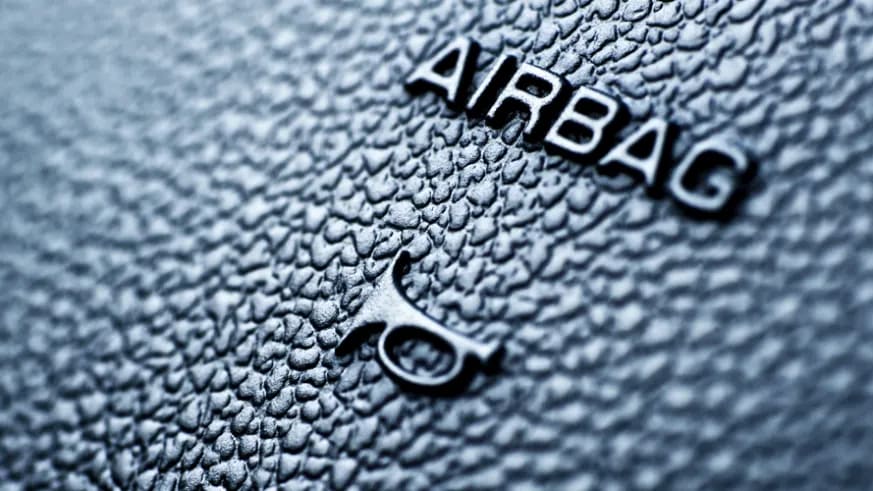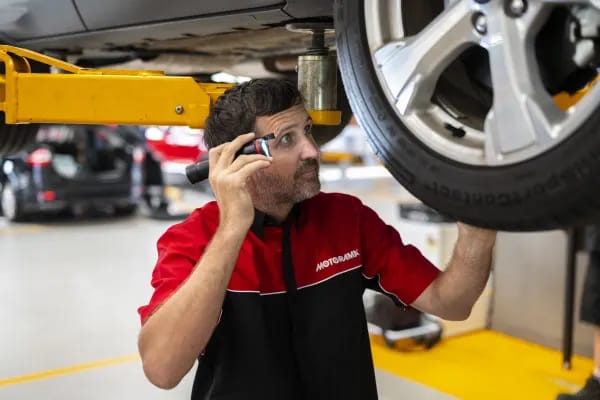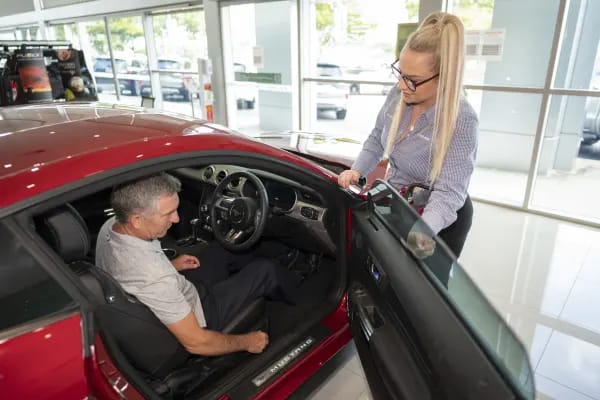
Is My 5 Star ANCAP Car Still Safe?
Posted in Motoring Tips
Is My 5 Star ANCAP Car Still Safe?
When you buy your car you want it to be as safe as possible.
But each year, Australia’s independent safety advocate tightens the restrictions to make sure new cars are getting safer.
There has been minor controversy in recent years when manufacturers that reliably get five stars on their new vehicles got less than top marks for brand new cars, that from the outset were fitted with modern safety features like curtain airbags and high tech bodywork that absorbs more of the impact so passengers aren’t injured.
But why would a car that has more safety features or newer technology get a lower score?
It has more to do with shifting goalposts, rather than a complete change in testing methods.

When Australasian New Car Assessment Program (ANCAP) started testing in 1993, it was still an option to fit air-conditioning and many new cars still sold with just front airbags as their main safety feature. Now, though, it’s expected that cars have airbags for every seating position as well as complementary safety items like anti-lock brakes, traction control and even a body that structurally protects passengers.
A vehicle that may have gained a five star rating back when ANCAP started would’ve had to jump through less hoops than a new car now. So, naturally, a car with a five-star rating bought today would be miles ahead of a car (that may have a five-star rating) back when ANCAP first began.
But what do you do if your car got a five star rating when you bought it a few years ago? Does it automatically become less safe? Not really.
Fundamentally, cars with a higher past score will still be considered safer than a vehicle from the same time that barely passed it’s ANCAP testing (or was built before safety testing was as important to manufacturers.)
For example, a luxury car from fifteen years ago that received a full suite of safety equipment, as well as active safety technologies that mitigate the effects of driver error will obviously do better than a car that was built to be as cheap as possible with the bare minimum of safety features.
Because cars in Australia have been largely imported (with all of our major car brands fully imported after 2018), ANCAP has worked with their European sister organisation Euro NCAP to normalise testing standards moving forward. This means that the advanced safety assist technology that rolls out in European cars will inform the tests that Australians can use to judge whether a car is up to scratch.
So, what makes a five-star safety rating? You’ve no doubt seen the slow motion crash tests with cars running head on into a wall, then another test vehicle being rammed from the side.
Recent tests have focused on safety assist technologies that help out the major safety features, like three-point seatbelts and seatbelt reminder warnings for all seating positions, emergency brake assist and electronic stability control; in addition to minimum scoring for crash impact testing.
While a car may have excellent scores in it’s crash testing, if it’s missing one of these features that would exclude it from the prestigious five-star safety rating.
The purpose of ANCAP is to force manufacturers, from budget light cars to fitted out work utes, to make their cars safer or risk having a well-publicised score that’s under the publics expectation of how safe their car should be.
To check out the latest safety features, come in and see the friendly team at Motorama in Moorooka, Browns Plains and Springwood and take a new car for a test drive.



